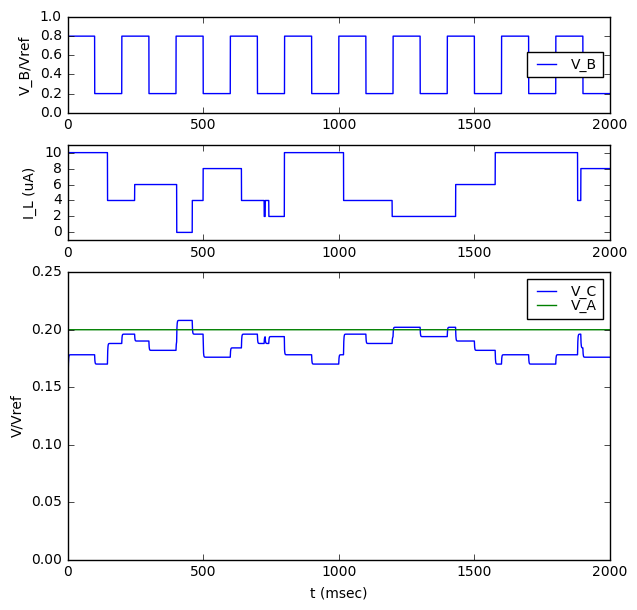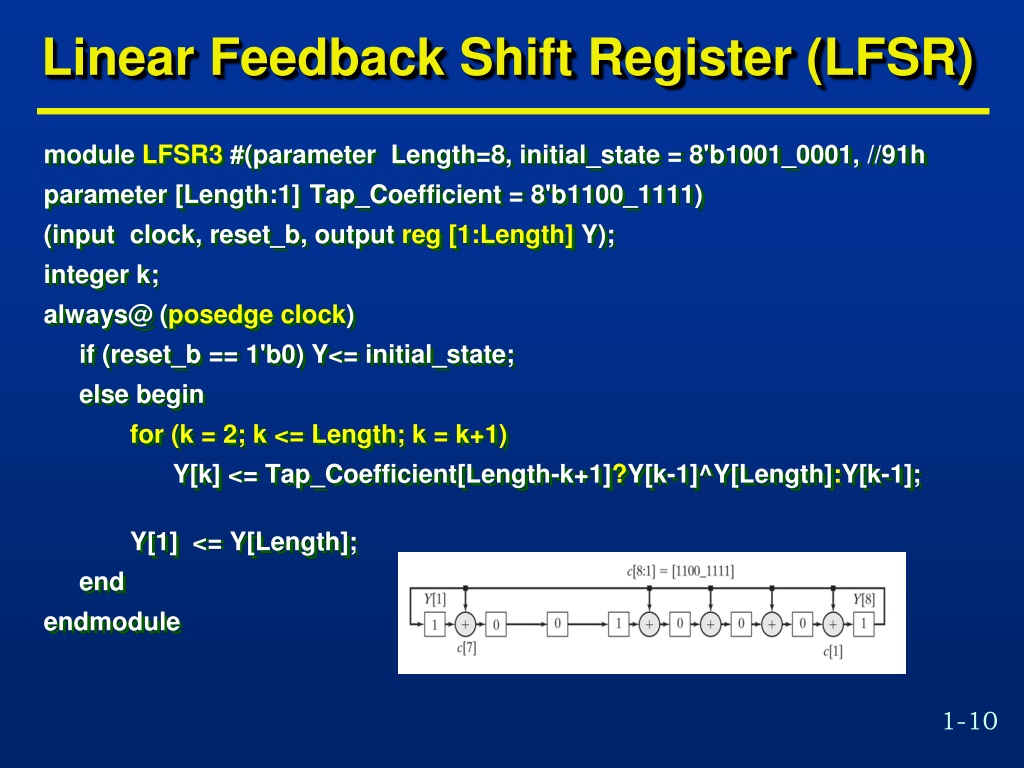
We skirted the redistribution of legal services by the state or Some national studies discussed the expansion of productive units, but almost none described the cost of legal services. The first two volumes described national professions in order to permit cross-national comparison, but transnational practice is growing rapidly, especially within the European Union. We also omitted entire systems, both political (socialist, in all its forms) and religious (Moslem). We had no accounts for Africa or the Middle East and few for Asia or Latin America. There are obvious gaps in our original coverage.

Had we been able to revise all the chapters there are omissions we would have filled and subsequent changes we would have described we invite others to do so. Chapter 3, on the German legal profession, has been updated by its authors, Erhard Blankenburg and Ulrike Schultz, to describe significant recent events, especially those accompanying unification the other essays are reprinted unchanged.

We have attempted to provide a cross section wide enough to be of value in itself (for instance, as the core material of a course) and also sufficient to suggest to readers the breadth of our original project and to encourage them to consult it. Selection of the essays that appear here was hard, not just because of the high quality of all the chapters but also because they were intended to illuminate one another rather than be read in isolation. The first two volumes, each with an introductory overview, comprise reports on seven common law and eleven civil law professions the third volume contains eleven comparative and theoretical essays based on the national reports. The following table introduces the types of equations that can be solved by DSolve.This book contains seven essays from the three volumes published in 1988-89 under the general title Lawyers in Society, as well as a new introduction in which Richard Abel surveys recent theoretical developments and responds to criticisms of the market control theory, which informed many of the national studies. Of these four areas, the study of exact solutions has the longest history, dating back to the period just after the discovery of calculus by Sir Isaac Newton and Gottfried Wilhelm von Leibniz.



 0 kommentar(er)
0 kommentar(er)
